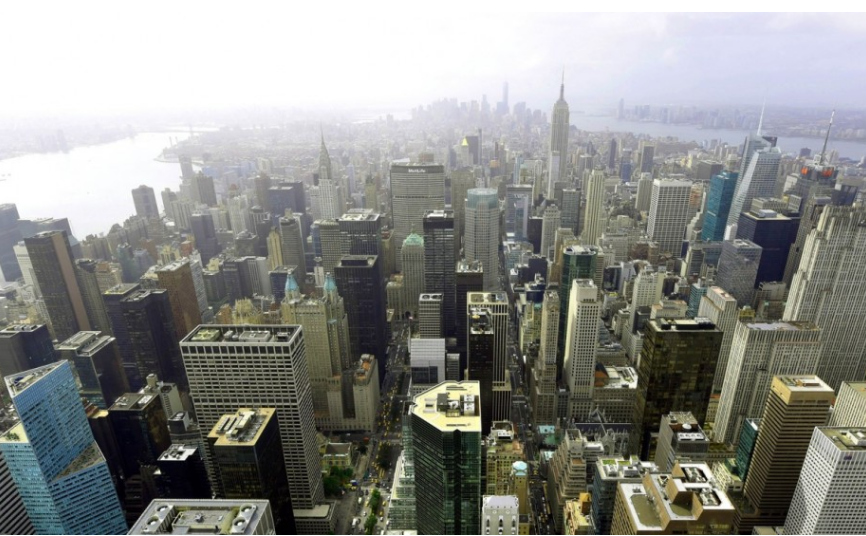Chinese parents splash out on US properties to pay for children’s college education
Despite a recent clampdown on overseas property investment by the Chinese government in its fight against potentially damaging capital outflows, buyers from mainland China as well as Taiwan, Macau and Hong Kong have splurged US$31.7 billion on American real estate so far this year, up from last year’s US$27.3 billion, according to the National Association of Realtors.
This makes those places the top origin of foreign buyers, the association said. They have bought 40,572 units this year, up from last year’s 29,195.
“Chinese buyers, both Chinese nationals and Chinese Americans, are aggressively entering the local property market,” said Angela Li, a broker at property agency Douglas Elliman and a co-founder of NYstudents.net, which offers a range of services including housing and which is part of Tumeibian, a New York-based online education and housing service platform.
“Open house sessions are often packed with Asian people. And they are often groups of Chinese buyers. There was one case where a group of buyers bought nine studio flats in one go,” Li said.
Many of the buyers are parents from top mainland cities such as Beijing, Shanghai and Guangzhou, she noted.
“If they invest wisely, through rents and appreciation parents can turn over a profit of between US$30,000 and US$40,000 with a property in cities such as New York and Boston over a span of four years, which is large enough to cover their child’s tuition,” she said.
Li said many parents are primarily looking at studios and one-bedroom units in New York, with the former ranging from US$600,000 to US$1 million in price and the latter US$1 million to US$2 million.
USWoo.net, a listing platform launched by Tumeibian, shows that each one-bedroom flat on average is listed at a rent of around US$3,500 per month.
William Tung, managing director of private equity firm Cindat Capital Management, said the value of New York’s real estate market has increased in the previous five to 10 years.
“For a place where it was US$1,000 per sq ft a decade ago, now it’s about US$2,000 per sq ft,” he said, “There has been a pent-up demand starting from 2012. It topped out in 2015 and in the first two quarters of this year, we are seeing a return of momentum.”
Christopher Yi, a graduate student at the University of Pennsylvania, said an investment in a New York property can potentially turn a net profit of US$220,000.
“The average housing price was US$644 per sq ft in the second quarter of 2016, the average size of a one bed flat is 700 sq ft, so the total mortgage is US$450,000 with 20 per cent down and a 4.5 per cent interest rate on a 30-year payment,” he said. “The average rent for a one bed is, say, US$3,000 with a 5 per cent vacancy rate and a 3 per cent increase annually due to inflation.”
“In total, if sold after eight years, you would be receiving US$220,000 which would cover four years of college based on the above parameters,” he said.
While one might be able to turn a profit large enough to cover tuition in top tier cities in the US, Richard Yang, a student at the University of Pittsburgh, said that buying a property in second- or third-tier cities such as Pittsburgh would also be able to save students some of the expense of rents.
“My family bought a flat earlier this year after we managed to secure a green card,” he said,
“We paid US$600,000 for the apartment. And I am leasing it to a few other people. I aim to save all the rent money which I used to pay.”
Source:Soth China Morning Post
Please
contact us in case of Copyright Infringement of the photo sourced from the internet, we will remove it within 24 hours.
